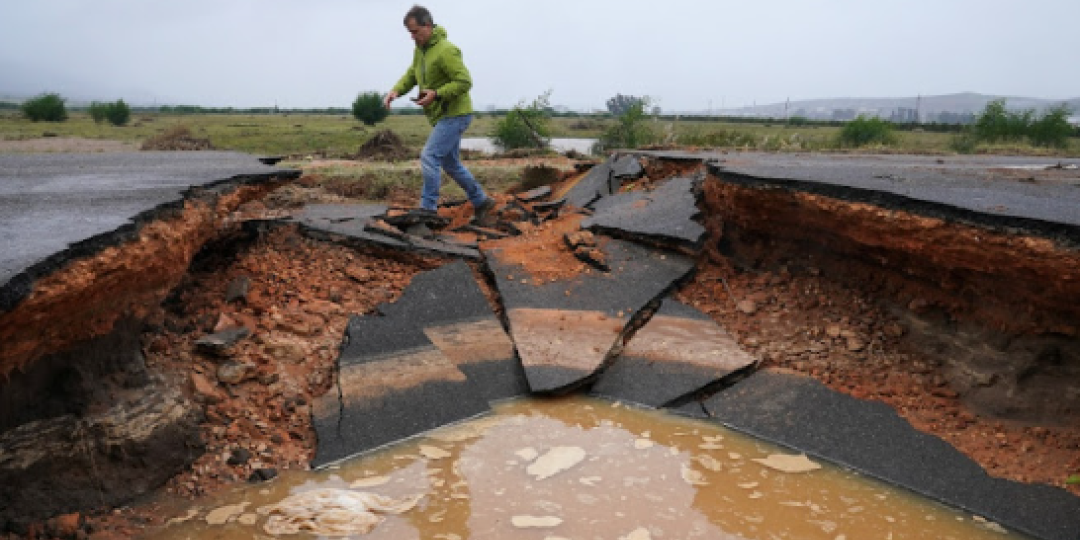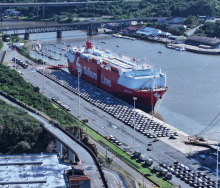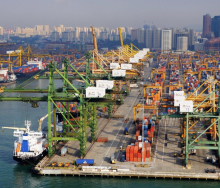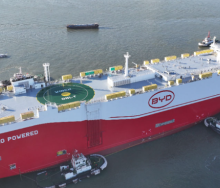Various areas in the Western Cape remain difficult – if not impossible – to access for mop-up work after the damage inflicted by days of rainfall, submerging large areas under water.
This is especially true for towns and regions affected by the Olifants River, which burst its banks because of incessant downpours.
Jannie Strydom, the chief executive officer of Agri Western Cape, said that it might take a week to a fortnight to assess the damage in some areas and then decide how to keep harvesting perishable products, much of which is intended for export.
The Western Cape provides over 50% of South Africa's foreign exchange earnings through fresh produce exports. The only positive outcome is the increase in water capacity in the province's dam network, which has risen by an average of 12% compared to last year.
Of immediate concern is the citrus harvest. Not even 50% of ripe fruit has been harvested, and there are fears that this could result in shortages and impact prices for both export and local consumers.
Farmers have been unable to harvest potatoes, and berry production is also affected. Additionally, it is impossible to harvest and transport fruit to cold storage facilities within the optimal time, which can result in inferior quality produce.
Citrusdal remains isolated today, except for heavier trucks that can gain access. Other areas still repairing roads, bridges and dams affected by the rains include Clanwilliam, Vredendal, and Rawsonville.
"There are significant infrastructure losses and loss of perennial products, which are still to be quantified. Infrastructure damage includes irrigation systems," Strydom told 702 this morning. He also stated that it is still too early to determine the cost of the damages, but assessments will be made once it is practical and safe to do so.
It is expected that damage from the floods could cost as much as R1 billion. The current loss to infrastructure and trade is estimated to be about R750 million.













